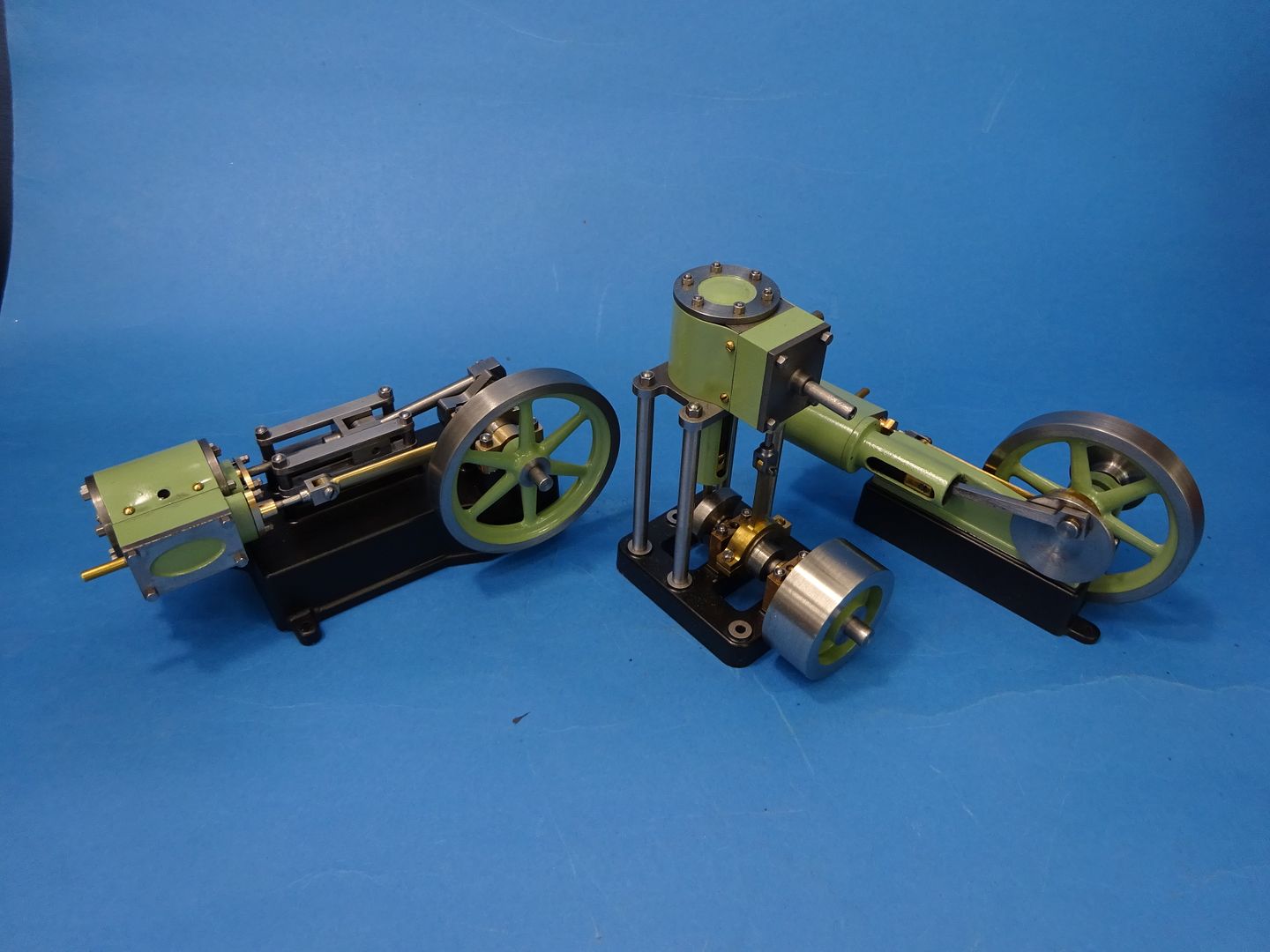Sarah if you are in the UK then a good shaft material is PGMS - Precision Ground Mild Steel. This has the same sort of finish as stainless and silver steel, is easy to work with and being precision ground runs nicely in a typical H7 reamed hole. Ideal for crankshafts on steam models. Use 303 stainless for the piston and valve rods but give it a rub length ways with worn fine emery cloth or a Scotchbrite pad as in the supplied state the finish runs the other way and will wear gland packing.
Silver steel is quite prone to rust so stick with the PGMS or just bright drawn mild steel such as EN1A or 230M07 in new money,
These three replicas of no longer produced Stuart Engines (Progress, Simples & One-One) all use 303 for the rods and PGMS for the crankshafts, other bright steel is 230M07. Rust is usually down to aftercare or storage not the actual material. Leave moisture on bare metal after steaming or store in cold damp conditions and you will get rust.






